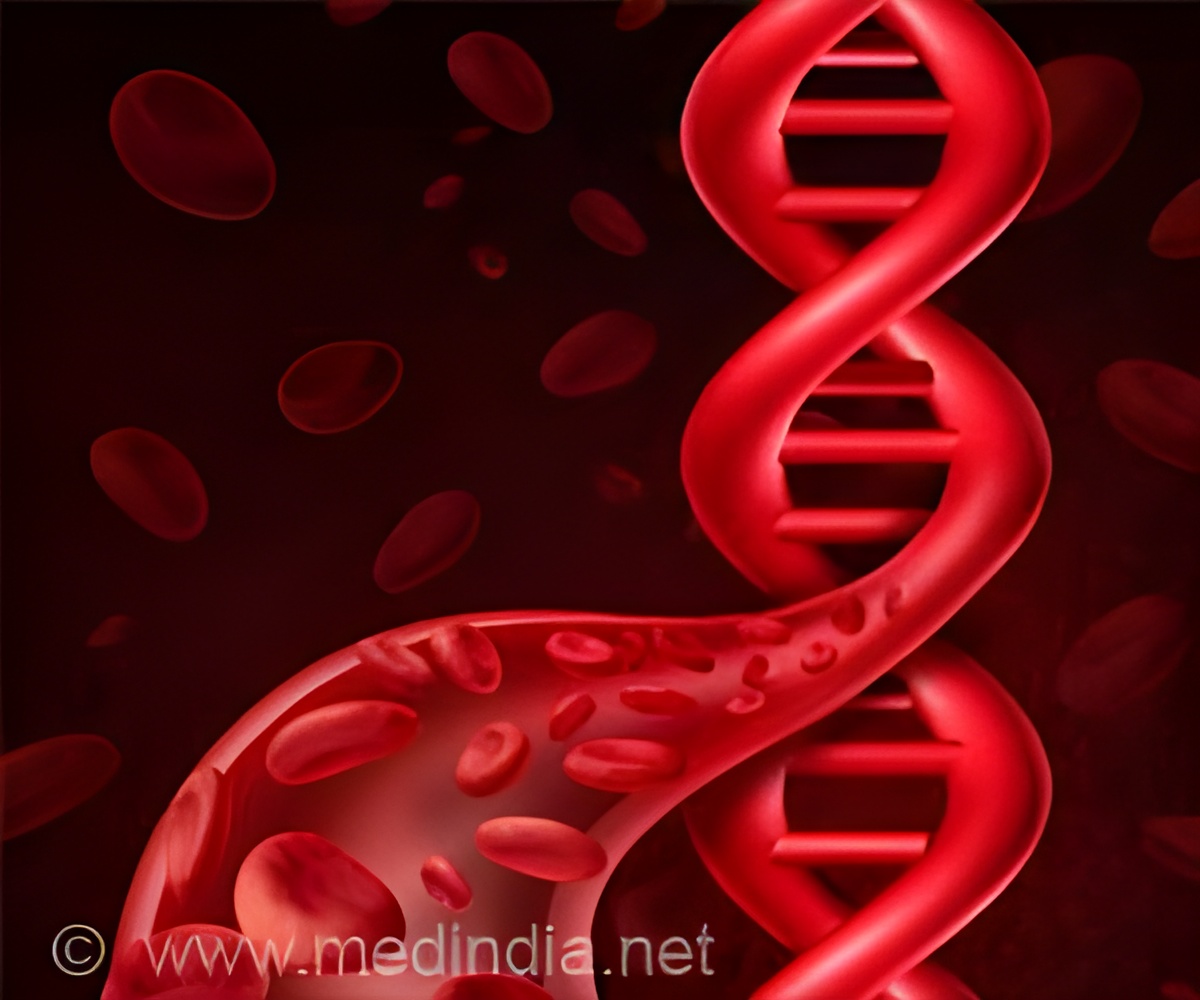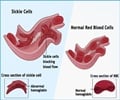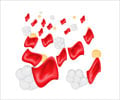Gene therapy offers fresh hope in the fight against blood disorders. With more development, this technology could be useful in treatment for inherited blood disorders such as sickle cell anemia and thalassemia.

‘Gene therapy can offer a potential treatment for blood disorders by engineering microparticles that deliver gene-regulating material to hematopoietic stem and progenitor cells. With further development, this technology could be useful in treatment for inherited blood disorders such as sickle cell anemia and thalassemia.’





Now, a team of University of Delaware researchers has demonstrated a major step forward in gene therapy by engineering microparticles that deliver gene-regulating material to hematopoietic stem and progenitor cells, which live deep in our bone marrow and direct the formation of blood cells. In a paper published in the journal Science Advances, Chen-Yuan Kao, a doctoral student in chemical engineering, and Eleftherios T. (Terry) Papoutsakis, Unidel Eugene du Pont Chair of Chemical and Biomolecular Engineering, describe how they used megakaryocytic microparticles, which circulate naturally in the bloodstream, to deliver plasmid DNAs and small RNAs to hematopoietic stem cells.With more development, this technology could be useful in treatment for inherited blood disorders that affect thousands of Americans. These include, for example, sickle cell anemia, a disease that causes abnormally shaped red blood cells, and thalassemia, which disrupts the production of the blood protein hemoglobin.
The methods developed by Kao and Papoutsakis could also be used to deliver personalized medicine, because these microparticles can be individually generated and stored frozen for each patient, said Papoutsakis.
This novel approach has advantages over other approaches under investigation.
"A lot of researchers are trying to deliver DNA, nucleic acids, or drugs to target hematopoietic stem cells," said Papoutsakis. "This is the right cell to target because it gives rise to all blood cells."
Advertisement
However, some previously developed methods to target these stem cells deliver genetic material with help from a virus, risking side effects to the patient, said Papoutsakis. Instead, the University of Delaware team developed a method that takes advantage of tiny particles that already float in the bloodstream: megakaryocytic microparticles.
Advertisement
Source-Eurekalert















